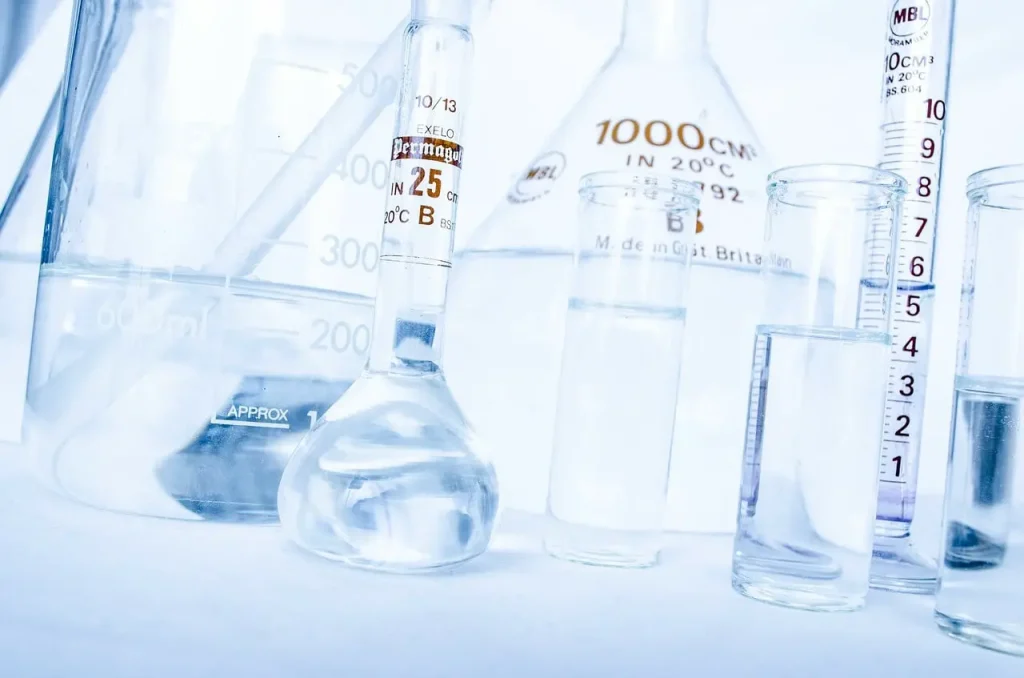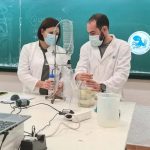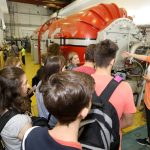The pandemic is nasty, the nuclear holocaust is a scary thought, but greenhouse gases remain an omnipresent potential for the death of us as they trigger climate change on whose negative effects scientists have been warning us about for decades.
Like the United States, the Environmental Protection Agency informs on its website, these gases trap the heat in the atmosphere, which in terms raises the temperature we experience.
The website lists the main types of these airier troublemakers:
CO2 (Carbon dioxide – enters the atmosphere through burning fossil fuels (coal, natural gas, and oil), solid waste, trees, and other biological materials, and also as a result of certain chemical reactions. It is removed by plants that use it for photosynthesis – a process that provides food for the pants and oxygen for other beings).
CH4 (Methane-emitted during the production and transport of coal, natural gas, and oil. Methane emissions also result from livestock and other agricultural practices, land use, and the decay of organic waste in municipal solid waste landfills).
N2O (Nitrous oxide – emitted during agricultural, land use, industrial activities, combustion of fossil fuels and solid waste, as well as during treatment of wastewater).
Last but not least:
Fluorinated gases ( such as Hydrofluorocarbons, perfluorocarbons, sulfur hexafluoride, and nitrogen trifluoride are synthetic, powerful greenhouse gases that are emitted from a variety of industrial processes. Fluorinated gases are sometimes used as substitutes for stratospheric ozone-depleting substances. These gases are typically emitted in smaller quantities, but because they are potent greenhouse gases, they are sometimes referred to as High Global Warming Potential gases)
Each of these gases can stay in the atmosphere for a very long time, and transferring these gases into something else is a challenge to beat. Fortunately, at least for carbon dioxide, we might be getting closer to the solution than we think.

Pixabay
Ruđer Bošković Science Institute (IRB) in Croatia reported on its website that they are at the brink of a new material that can selectively transform carbon dioxide into methanol alcohol. The green chemists in Zagreb were closely cooperating with colleagues from the Slovenian Chemical Institute (KI), and McGill University in Canada. The results of their mutual research, in a more further scientific detail, are published in a scientific article on the prestigious ACS Publications.
But in the summarization, doctoral candidates Tomislav Stolar and Valentina Martinez, alongside dr. Bahar Karadeniz, under the lead of dr. Krunoslav Užarević (IRB), and dr Tomislav Friščić (McGill University) developed a bi-metal proposal coordination material known as CuZn-MOF-74. The layman speaking complex name is owned to the fact it’s made from copper (Cu) and zinc (Zn) using a mechanic-chemical method of making bi-metal metalorganic networks known as MOF-74. As TCN previously reported, that method is an environmentally sustainable synthetic strategy that is further elaborated in a scientific article in 2019.
The catalytical properties of this material were tested KI in Ljubljana with the help of the scientists from the Institute: dr. Blaž Likozar, dr. Gregor Mali, dr. Ana Bjalić, and Anže Prašnikar.
The results have shown that this material has a modest catalyst (meaning it speeds up) activity to synthesize methanol, and post-reaction presented the scientists with a non-porous material which showed multiple enhancement of both catalyzation and selection for methanol synthetization.
„This research is a good example of multidisciplinary and international collaboration between strong research centers in the region. To me, as a young scientist, it’s important that I can work on the current issues, such as transforming carbon dioxide into methanol, thanks to the guidance of dr. Užarević. There is a big potential for switching to sustainable chemical processes through the program of European Green plan, and research in that field should be the priority“, said the lead author Tomislav Stolar, a doctoral candidate in the IRB’s laboratory for green synthesis.
The IRB official website added that the search for an effective catalyzation to transform carbon dioxide into methanol is the focus of scientists worldwide. Methanol could also be then used as a fuel and replace the current fossil products.
Today you already have the term „Methanol Economy“ that predicts methanol will impose as the vital compound to store energy, as a fuel, and a source of carbon to synthesize valuable compounds. Efficient synthesis of methanol from carbon dioxide presents an example of sustainable chemical reaction of added value, and with great economic potential“, concludes the press release on IRB.
Apart from IRB scientists combating climate change, Croatia takes care of the environment, particularly national parks on whom you can learn more on our TC page.
For more about science in Croatia, follow TCN’s dedicated page.












